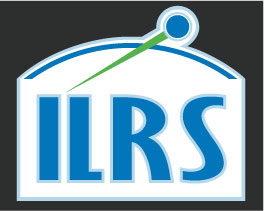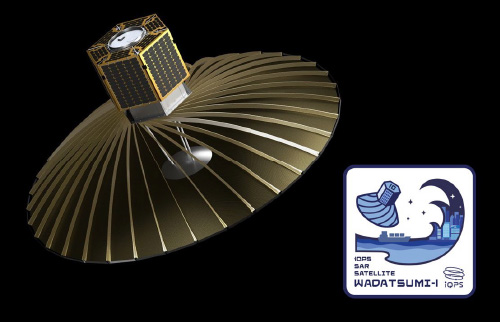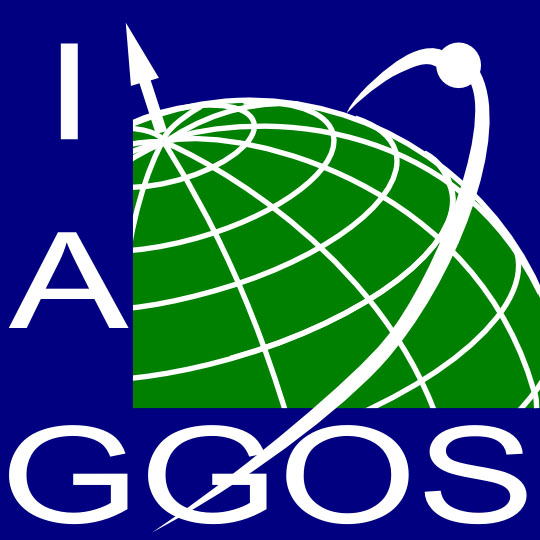
QPS-SAR-10
Jump to: Mission Objectives, Mission Instrumentation, Mission Parameters, Additional Information
Mission Photos:
Mission Objectives:
QPS-SAR is a constellation of SAR satellites that will be used to observe targets on-demand, even at night and/or in bad weather conditions. The constellation of 36 SAR satellite consists of three satellites placed into each of 12 different orbits. With the 36 satellites, it will be possible to observe almost any location in the world within an average of 10 minutes, and to make a fixed-point observation of specific regions on average once every 10 minutes.
QPS-SAR is equipped state-of-the-art technologies, such as in-orbit image generator* and an inter-satellite communication system*, to allow for rapid data transmission and delivery after observation. (*installed on the 3rd and subsequent satellites of the QPS-SAR constellation) This will make it possible to collect continuous images as data, and to accumulate data not only on "Stationary Objects” such as land and buildings, but also on "Moving Objects" such as vehicles, ships, and other moving objects.
“Precise Point Positioning (PPP) in Space” is a Precise Orbit Determination (POD) algorithm that realizes real-time PPP on orbit using MADOCA-PPP transmitted via the QZSS L6E signal. This technology will contribute to on-board processing of science data for observation of natural phenomena, disaster monitoring, and meteorological forecasting. The objective of the QPS-SAR-10 mission is to demonstrate the POD algorithm and evaluate the accuracy of PPP on orbit for small SAR satellites that provide Near-Real-Time Earth Observations.
The ILRS will be providing restricted tracking support for the QPS-SAR-10 mission. The mission will coordinate with participating ILRS stations, which have signed the tracking agreements to receive the orbit predictions.
Mission Instrumentation:
The primary mission instrument of QPS-SAR-10 is the SAR (Synthetic Aperture Radar). QPS-SAR-10 has the following instruments for the “PPP in Space” demonstration:
- GNSS antennas, receivers and amplifiers
- Computer
- Laser retroreflector
QZSS Mission Parameters:
| Sponsor: | Institute for Q-shu Pioneers of Space, Inc. (iQPS Inc.), Japan |
| Expected Life: | 1 year (Demonstration period of “PPP in Space” |
| Primary Applications: |
|
| COSPAR ID: | 2025-104A /ILRS ID 2510401 |
| SIC Code: | 1561 |
| Satellite Catalog (NORAD) Number: | 64055 |
| Launch Date: | May 17, 2025 |
| RRA Diameter: | 25.4 |
| RRA Shape: | Hemispherical/Pyramid |
| Reflectors: | 7 corner cubes |
| Orbit: | Circular/td> |
| Inclination: | 42 degrees |
| Eccentricity: | 0 |
| Perigee: | 575.0 km |
| Period: | 101 minutes |
| Weight: | 180 kg~ class |
Additional Information:
QPS-SAR Constellation
https://www.eoportal.org/satellite-missions/qps-sar
News Release (2025.05.06)
https://i-qps.net/en/news/2719/
Launch video:
https://www.youtube.com/watch?v=tW2WU_QkdkM





